In this video tutorial, photographer Jeff Cable explains how we can improve our photography in leaps and bounds, just by eliminating these common mistakes:
1. Light and Shadow
Many times choosing the wrong spot for taking your images can ruin the shot, even though you are standing at a beautiful location, such as when your model stands bang in the middle where light and shadow seems to intertwine. Cameras don’t like extreme differences between light and shadow areas. As a result, your camera will either expose for the bright side or the shadow side, thereby under-exposing the shadow side or over-exposing the bright side, respectively.
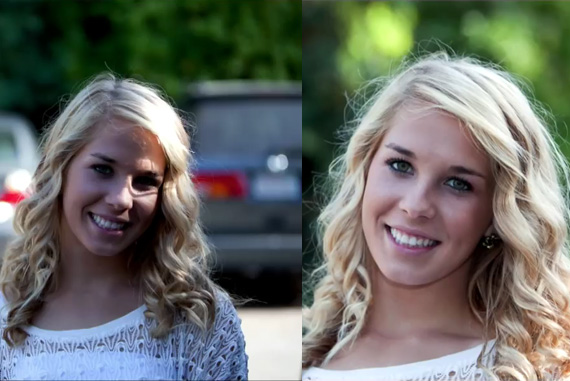
Just by shifting the subject’s position, the quality of the final image can improve dramatically.
2. Location
Much of the aesthetics of a good image depends on the location where you ask your subject to stand, meaning, the background. Most people are hesitant to ask. The result is boring and downright distracting images. Be open to move your subject around and you could get much better shots.
Another tip that Cable shares is to try and work with darker backgrounds. The human eye is attracted to the brighter part of the frame, which is the subject’s face, rendering the background almost invisible.
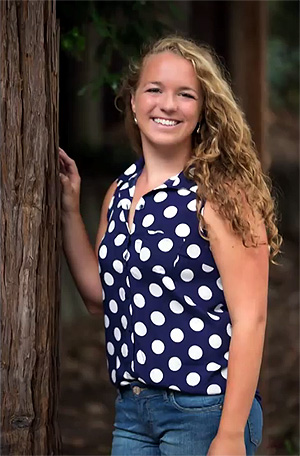
A wrong location can ruin your photos, just as well as incorrect use of ambient light
3. Focus
Focusing is a critical skill in the whole process of photography. No matter how beautiful the subject or the background is, if your focusing is incorrect you will end up with a poor image that fails to draw the attention of the viewer. So, if you are shooting portraits, invariably the point of focus should be on the eye closest to you.
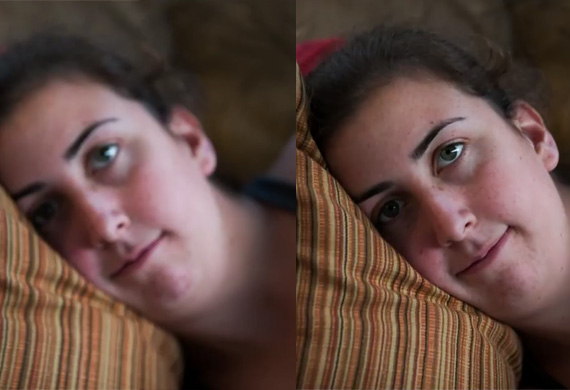
Always focus on the subject’s eye that is closest to you.
4. Aperture
While there is absolutely nothing wrong with shooting in aperture priority mode, choosing the wrong aperture is a common mistake. Aperture allows you to decide how much of the frame you want to be sharp. In other words it is what decides depth of field.
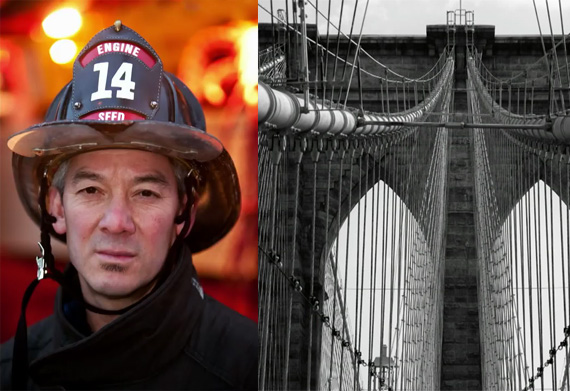
The left uses a big aperture and results in a shallow depth of field. The image on the right uses a small aperture and results in a big depth of field.
5. Composition
There are hundreds and thousands of examples of bad compositions littering the Internet. The most important thing that photographers must be clear about is the subject matter of their photos. That in itself can lead to better images. When required, change the perspective to shoot low or shoot only from the waist up or shoot from a close distance. Not to mention the many opportunities when you can make a great shot by shooting off-center.

Good composition depends not only on the knowledge of aesthetics but also on your understanding of how to use different perspectives
6. Framing
One mistake that new photographers makes is not shooting tight enough. Essentially, the closer you are to your subject the more you become part of it. In that sense, it is even OK to crop out parts of the head and only focus on the eyes.
7. Flash
Flash can be helpful, even during the day, when you have harsh shadows on your subjects due to the direct sun. When using flash, fire just enough of it to fill in the shadows, never overdoing it to the point where they become obvious. If you are shooting during the day with flash, Cable suggests that you turn your model around so that they are not facing the sun.
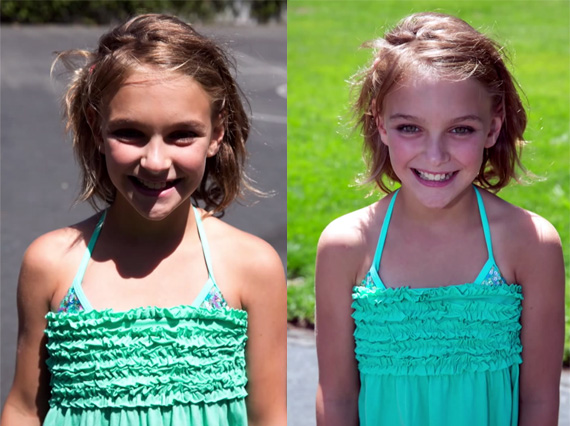
When shooting in broad daylight, ask the subject to stand against the sun and use a little bit of flash to fill in the shadows.
8. Shutter Speed
Even though the aperture priority mode is a good place to start, allowing you to focus only on one aspect of exposure, not knowing the shutter speed used is unpardonable. There are uses of both slow and fast shutter speeds which can be used in all lighting conditions depending on the need. Here are a couple.
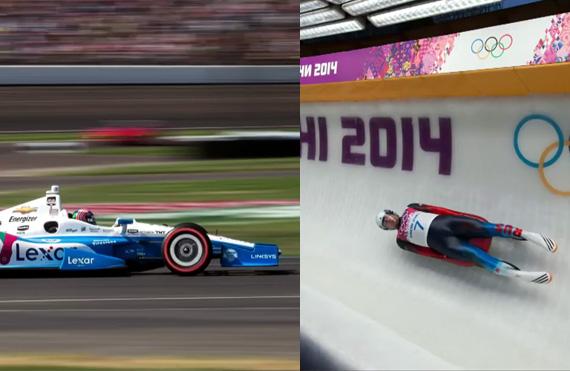
Two images, two different shutter speeds
The shot of the Indy car on the left was shot at 1/40 of a second where as that of the slider on the right was at 1/8000 of a second.
9. Camera Basics
There are certain things that you need to learn and incorporate into your system while you are still learning the tricks of the trade. These are the basic dos and don’ts. So things like using a lens hood backwards or holding the camera incorrectly or not using a wide stance when photographing have to be corrected very early.
10. Trying to Shoot at Night without a Tripod
If the light is low and you want to shoot at a slow shutter speed, use a tripod and turn off your flash (unless of course you have someone in the frame).

Never, ever shoot without a tripod in low light situations.
11. Attention
How many times have you been guilty of looking for the obvious while there’s something interesting happening in another direction? As Cable puts it, “The best shot isn’t always in front of you.”
12. Backgrounds
This is something that a lot of us are guilty of, having the subject stand in front of a wall or a bush. This causes strong shadows and it is difficult to have subject separation.
13. Shooting
Memory is ridiculously cheap. There is absolutely no reason for you to try to save memory space. Shoot as much as your memory cards allow. That way you have enough shots to pick from.
14. Creativity
Thinking outside the box is not just a piece of advice, it becomes a necessity at times. Being imaginative is the first rule of being a photographer, and that alone can help you to shoot better images. To demonstrate this, Cable shows this image he shot at the Sochi Olympics:
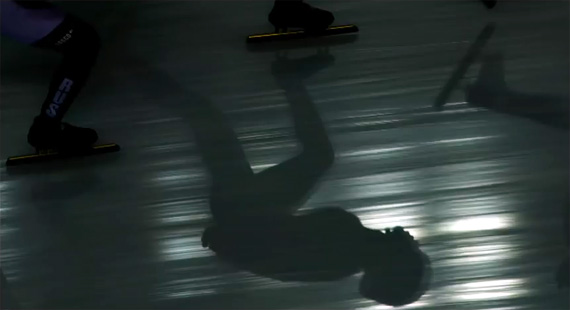
When you are stuck for unique perspectives, think outside the box.
“The spotlights over the arena had come down and kind of blasted this one area and I thought, ‘Shoot, that’s going to mess up all my shots.’ Until I realized, wait a second, I can meter this differently, and actually highlight that.”
The result was a unique and interesting shot.
15. Horizons
Keep them straight, period.
Which photography mistakes do you see made most often?
Like This Article?
Don't Miss The Next One!
Join over 100,000 photographers of all experience levels who receive our free photography tips and articles to stay current:






I agree with much of this, but for the photographers that still use a lot of film, shooting to find that one shot, is not a productive way of shooting. Nor is shooting on memory either. IF there is doubt to a shot, then yes, try different poses, areas around the place you want the shot, and see then. Most of the time, you can look through the view finder, and see how the image will turn out. Sometimes using a flash with a softbox (even those on a speed flash) can help with shadows, or poor lighting.
Level images, is the vast majority an important thing, but it can also be more dramatic or interesting, depending on what you are doing, to make the shot slightly on a tilt. One of my best selling images, is of a sunset over a river, that has just a few degrees of tilt to it. Never limit yourself, but make the shot knowing what you are doing, not just a lucky accident. Planning is so very important, even when you are in the field, and see a sight that you want to shoot. Don’t just shoot it, look at it, and plan that shot. Most of the time, it only takes a few seconds to do.
Deborah, is right ion that point too.
Otherwise, this is an excellent article.
A very common mistake i see far too often and in my opinion can ruin an otherwise great portrait…. cutting off the hand at the wrist or the fingers in mid hand. (see photo two under the location tip)
In my opinion, it’s bad posing and composition to cut off any limbs or digits at the joint. If there is not room to include the extra few inches of said limb or digit… (fingers toes) recompose and crop in the middle of limb. i.e. forearm. calves, mid thigh… chopping fingers and toes is usually just not paying enough attention to the four corners of the photograph. (through the viewfinder)